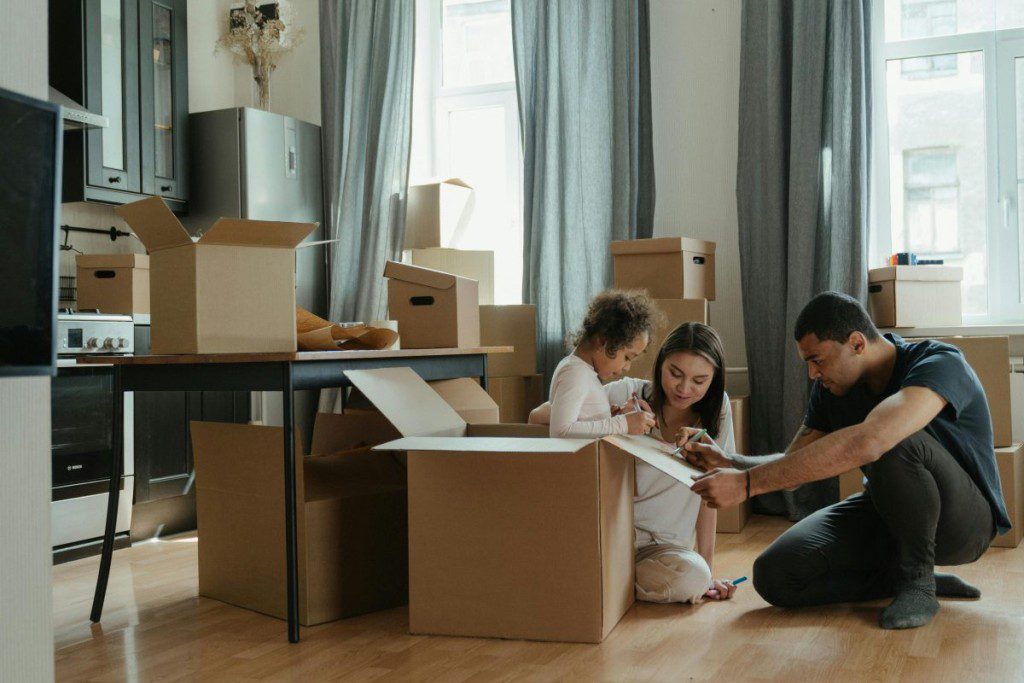Moving into a new home is like starting a new chapter in your life. It’s an opportunity to reset, redecorate, and redefine your living space. For those leaping, whether it’s across town or the country, the process can be both exhilarating and overwhelming. Take Tucson, for instance. This vibrant city in Arizona is known for its stunning desert landscapes, rich cultural history, and more than 350 days of sunshine per year. It’s a place where new residents quickly feel at home, thanks to the warm, welcoming community and the endless outdoor activities available right at their doorstep. However, transitioning to a new home, especially in a city like Tucson, requires some planning and effort. Here are some tips to help you set up and settle into your new home smoothly and efficiently.
- Plan Ahead
The key to a stress-free move is meticulous planning. Start by drafting a comprehensive timeline several weeks in advance, detailing every step from packing to the final move-in. Consider the logistics of your move: Will you require storage solutions? Are there items that need special handling, such as pianos or heirlooms? If moving to or from a place like Tucson, account for the weather; you might want to avoid moving during the peak heat of summer. Researching and booking a reputable Tucson long distance moving company, like Coleman Worldwide Moving, well in advance can also save you from last-minute scrambles and ensure you get the best rates and services suited to your specific needs.
- Declutter Before You Pack
Decluttering is a critical step that can drastically reduce the volume of items you need to move, ultimately saving time and money. Start by sorting your belongings into categories and tackle one category at a time. Be ruthless in your decision-making process; if you haven’t used an item in the last year or it doesn’t hold significant sentimental value, it’s probably time to let it go. Consider hosting a garage sale or listing items online to sell. Not only does this lighten your load, but it can also provide extra funds to help with moving expenses. For items you decide to donate, research local charities or organizations that can benefit from them, ensuring your unwanted items help others.
- Pack an Essentials Box
Imagine arriving at your new home after a long journey, only to realize you have no idea which box contains your toothbrush or bed linens. To avoid this, pack an essentials box or suitcase with items you’ll need immediately upon arrival. Think of it as packing for a short vacation; including toiletries, medications, a few changes of clothes, basic cleaning supplies, and perhaps a small toolkit for assembling furniture. Don’t forget to include important documents, chargers for your devices, and snacks or a small food kit to tide you over until you can do a proper grocery shop.
- Label Boxes Clearly
Effective labeling is more than just writing the room destination on the box; it’s about making your future self’s life easier. For each box, list a brief inventory of its contents and prioritize its unpacking level with a simple system (e.g., “A” for high priority, “C” for low priority). This method not only aids in deciding which boxes to unpack first but also helps in locating specific items quickly without opening multiple boxes. Consider using different colored tape or markers for each room to visually distinguish boxes at a glance, speeding up both the loading and unloading processes.
- Prioritize Security
Your new home’s security should be at the forefront of your move-in checklist. Changing the locks is a fundamental step in establishing your new home as a secure space. You might not know how many copies of the keys exist or who has had access to them. Investing in high-quality locks or a smart lock system can provide peace of mind. Additionally, evaluate the home’s overall security system. If the house isn’t already equipped with a security system, consider installing one. Modern systems offer a range of features, from remote monitoring to integrated smoke and carbon monoxide detection, ensuring your new home is safe and sound.
- Clean Before Unpacking
An empty house is a blank canvas that’s much easier to clean than one filled with furniture and boxes. Take this opportunity to deep clean every nook and cranny, from ceiling fans to baseboards. If possible, consider hiring professional cleaners to do a thorough job before you move in. This not only ensures that your new home is sparkling clean but also eliminates any remnants or allergens from previous occupants. Pay special attention to areas that might get overlooked, such as inside cabinets, appliances, and closet shelves. Starting fresh in a clean home sets a positive tone for your new living environment.
- Set Up Major Furniture First
Arranging the large pieces of furniture before unpacking boxes allows you to effectively plan the layout of each room. It’s easier to move a sofa or bed frame without the clutter of smaller items. Additionally, having your primary furniture in place gives you a functional space to take breaks and rest during the unpacking process. Use this time to visualize the final setup of your rooms, considering the flow of space and how you’ll use each area. This step can significantly reduce the need for rearranging later on, saving you time and effort.
- Unpack Room by Room
Focusing on one room at a time not only makes the task more manageable but also provides a sense of accomplishment as each room comes together. Start with the spaces you’ll use most frequently, such as the bedroom and kitchen. Setting up a comfortable sleeping area ensures you’re well-rested for the days of unpacking ahead, while a functional kitchen allows you to prepare meals, making the house feel more like a home. As you unpack, take the opportunity to organize effectively, creating systems that will keep your home tidy and efficient in the long run.
- Meet the Neighbors
Building relationships with your neighbors can significantly enhance your sense of belonging and community. Don’t hesitate to introduce yourself, whether it’s through a friendly wave, a small gift, or an invitation to a casual get-together. Neighbors can be a valuable resource for local information, recommendations, and assistance. Participating in community events or joining local social media groups can also help you integrate into the neighborhood. Establishing these connections early on creates a supportive network and makes your new area feel more like home.
Conclusion
Moving to a new home, especially in a city as welcoming as Tucson, is an adventure. It’s a chance to create new memories, make new friends, and establish a comfortable living space for yourself and your family. By following these tips, from planning ahead and decluttering to personalizing your space and getting to know your new community, you’ll be well on your way to feeling settled in your new home. Remember, the process doesn’t have to be perfect. Embrace the journey, and soon, you’ll find yourself fully at home in your new surroundings.





